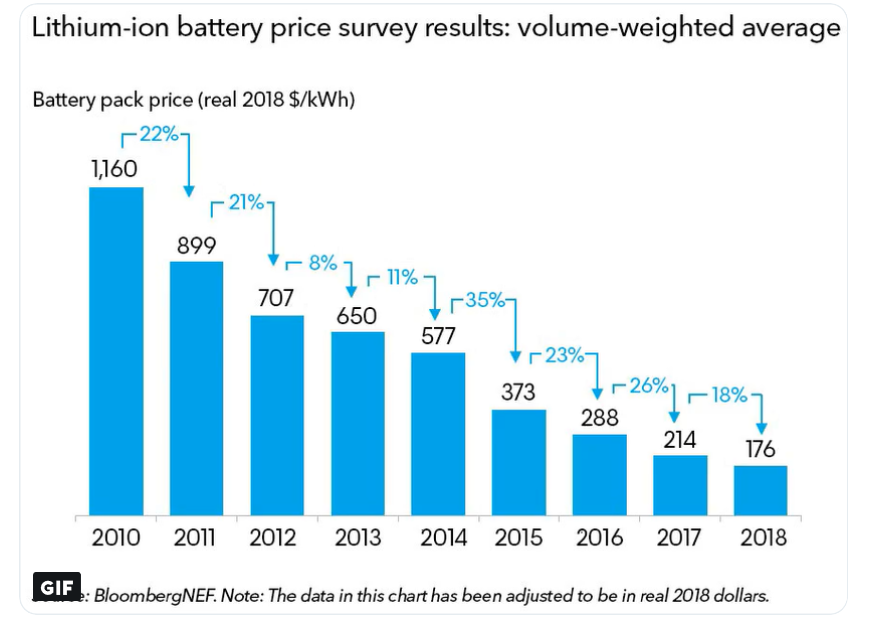This is the second in a series of articles highlighting powertrain trends as the Wards 10 Best Engines competition celebrates its 25th year.
Before pondering anecdotal evidence suggesting that electric vehicles are finally here to stay, let’s consider this technology’s deepest roots.
At the beginning of the 20th century, steam, electric motors and combustion all helped energize the Auto Age. Steam dominated with a 40% market share, followed by electric’s 38% and gas-fueled cars’ 22%.
Then, like today, cataclysmic changes transpired. Oil bubbled from the ground in Pennsylvania. Infrastructure improvements raised speeds and driving range. The steam engine’s 40-minute warmup and occasional boiler explosion soon knocked that choice from contention.
The electric car’s lack of a starting crank and gear changes helped its cause up to 1910 or so, when Ford’s disruptive Model T seized the day with more speed, longer range and pedal shifting…at a fraction of the cost. Ironically, it was the arrival of electric starting in 1912 that gave internal combustion the edge it’s enjoyed for more than a century.
Names associated with early electrics are still familiar. Nikola Tesla earned patents for AC motor-generators and transmission lines in 1887. Ferdinand Porsche designed and developed the first production hybrid electric vehicle in 1898.
Henry Ford and Thomas Edison collaborated on a battery-electric vehicle (BEV) they announced would go on sale for $500-$750 by 1916. Clara Ford preferred driving her 1914 Detroit Electric Model 47 Brougham over gas-powered alternatives.
The modern electrification movement began two decades ago when gas-electric Honda Insight and Toyota Prius hybrids arrived to offer U.S. drivers significantly improved fuel economy with reduced tailpipe emissions. The 2011 Chevy Volt, the first plug-in hybrid (PHEV), furthered the electric cause.
While Hollywood’s indictment of GM for killing the electric car was misguided, the General did recall and crush its EV1 BEVs in 2003, the very year Tesla was founded to “serve as the catalyst accelerating the day of electric vehicles.”
Today, classic BEV issues – range anxiety, expensive batteries, sluggish performance – are falling in the ditch.
 The average 40-mile (64-km) daily round-trip commute to work is well within every BEV’s range, with reserve left for side trips to the mall or fine dining establishments. Home recharging is less painful than vacuuming the living room. And with 55,000 fast/free/convenient public charging outlets already distributed across the U.S. and more added every week, range anxiety frowns turn upside down with every gas station drive-by. (See light brown supercharging locations in PlugShare graphic above.)
The average 40-mile (64-km) daily round-trip commute to work is well within every BEV’s range, with reserve left for side trips to the mall or fine dining establishments. Home recharging is less painful than vacuuming the living room. And with 55,000 fast/free/convenient public charging outlets already distributed across the U.S. and more added every week, range anxiety frowns turn upside down with every gas station drive-by. (See light brown supercharging locations in PlugShare graphic above.)
In 2011, the first Nissan Leaf offered only 73 miles (118 km) of driving range. Compare that to the just-introduced 2020 Plus edition’s 226 miles (364 km), a threefold increase.
Way back when, it was battery grief that halted the Ford-Edison BEV initiative. Today, the cost of a lithium-ion battery pack is 80% lower than it was in 2010. Solid-state technology should soon move out of the lab into production, further reducing electric propulsion’s cost. According to Bloomberg New Energy Finance (see graphic below), cheaper batteries will drive a BEV’s purchase price below that of a conventional car by 2025.
Formula One racing trickle down brought electrification to the rarefied hypercar world. The quickest Ferrari, Lamborghini, McLaren and Porsche models mix gasoline and electric propulsion in creative ways.
More mainstream Tesla sedans and SUVs trade top speed for ludicrous acceleration. In enthusiast publication tests, electrics consistently own the top rungs of the performance ladder.
Last year, 361,307 plug-ins were sold, an 81% increase over 2017. The 2018 global estimate is nearly five times higher than our PHEV and BEV purchases.

In spite of America’s current political turmoil, electrics clearly are becoming a significant part of our light-duty personal transportation fleet. Three dozen brands large and small have announced near-term plans to add BEVs to their lineups.
GM has committed to an all-electric future powered by batteries and fuel cells. And Ford announced this January that America’s favorite vehicle, the F-150, will soon be available in BEV form.
In light of this disruption, Wards 10 Best Engines has been rechristened 10 Best Engines & Propulsion Systems for the 2020 competition beginning this fall.





